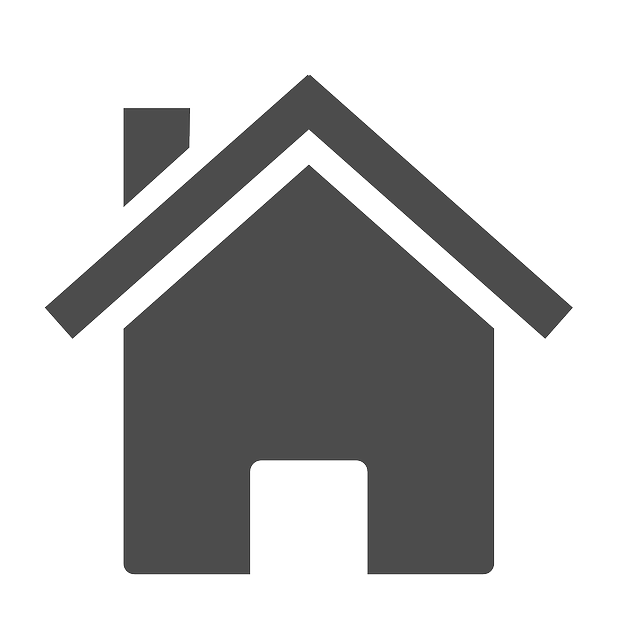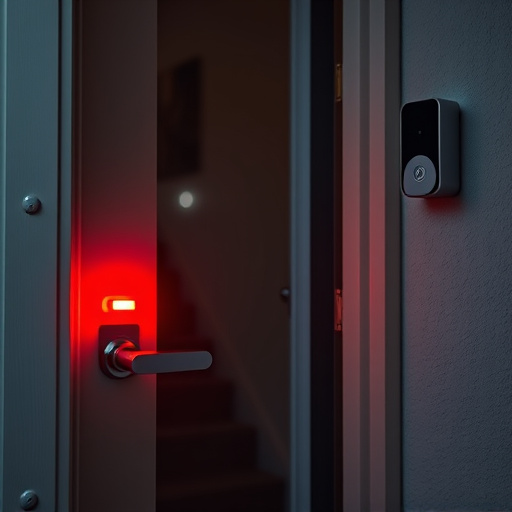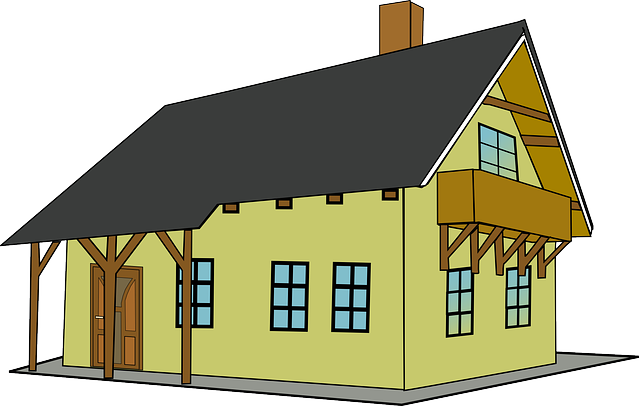Mold, a pervasive yet often unseen hazard, poses substantial health risks in homes of all ages and construction types. It thrives in damp, dark environments due to water damage or poor ventilation. In response to health concerns, many regions have implemented mold disclosure laws requiring real estate agents and sellers to inform buyers about known mold issues. These laws empower homeowners and renters to make informed decisions while promoting transparency. To mitigate risks, regular inspections are crucial, along with prompt addressing of moisture issues and professional testing if necessary. Understanding local mold disclosure laws is vital for avoiding legal repercussions and ensuring a healthy living environment.
In every home, from old to new, a silent invader can lurk unseen—mold. Understanding hidden mold risks is crucial for both homeowners and builders. This comprehensive guide explores the pervasive nature of mold in residential properties, from its legal obligations tied to mold disclosure laws to practical steps for identifying and mitigating it. Learn about the impact on health and home value, ensuring your living space remains a safe haven free from this insidious threat.
- Understanding Mold: The Hidden Threat in Old and New Homes
- Legal Obligations: Unveiling Mold Disclosure Laws
- Common Causes of Mold Growth in Residential Properties
- Identifying and Mitigating Mold Risks: A Step-by-Step Guide
- The Impact of Mold on Health and Home Value
Understanding Mold: The Hidden Threat in Old and New Homes

Mold, often invisible to the naked eye, poses a significant health risk in both old and new homes. It thrives in dark, damp environments, making it a common problem in older buildings with poor ventilation or water damage. However, it’s not just inherited; new builds can also suffer from mold issues due to construction moisture, improper sealing, or inadequate drying time.
The presence of mold can cause a range of adverse health effects, from mild respiratory irritation to more severe allergies and even neurological symptoms. This is why many countries have implemented mold disclosure laws, requiring real estate agents and sellers to disclose known mold problems. Staying informed about potential mold risks during home inspections and addressing them promptly is crucial for maintaining a healthy living environment.
Legal Obligations: Unveiling Mold Disclosure Laws

In many regions, there are legal obligations and mold disclosure laws in place to protect homeowners and renters from potential health risks associated with hidden mold. These regulations require real estate agents, sellers, and landlords to disclose any known mold issues or previous mold problems within a property. The primary goal of these mold disclosure laws is to ensure transparency and empower buyers and tenants to make informed decisions about their living environments.
Non-compliance with mold disclosure laws can result in legal consequences for property owners and real estate professionals. It’s crucial to understand the specific regulations in your area, as requirements may vary. Staying informed and adhering to these laws not only avoids potential lawsuits but also promotes healthy living spaces, ensuring that old homes and new builds alike are safe from the often unseen dangers of mold.
Common Causes of Mold Growth in Residential Properties

Mold thrives in dark, damp spaces—a perfect environment often found in older homes and new constructions alike. Common causes of mold growth include leaky pipes, inadequate ventilation, or high humidity levels due to poor insulation or water intrusion from outside sources. In many regions, builders and homeowners are now subject to strict mold disclosure laws, emphasizing the importance of identifying and addressing potential mold issues before they become significant health hazards. These laws require real estate agents and sellers to disclose known mold problems to buyers, ensuring transparency and empowering them to make informed decisions about their future homes.
Identifying and Mitigating Mold Risks: A Step-by-Step Guide

Identifying and mitigating mold risks is crucial, especially in older homes or new builds where hidden mold can pose significant health hazards. Here’s a step-by-step guide to help you navigate this process effectively:
1. Conduct Regular Inspections: Schedule periodic inspections, at least annually, for all properties, regardless of age. Look for signs of water damage, such as discolored walls, musty odors, or visible mold growth. In some regions, mold disclosure laws mandate that sellers reveal known mold issues to buyers, ensuring transparency from the outset.
2. Investigate Potential Sources: Once you identify potential water intrusion or moisture problems, trace their origins. Common sources include leaky roofs, broken pipes, inadequate ventilation, or high humidity levels. Addressing these issues promptly prevents future mold growth.
3. Test for Mold: If you suspect hidden mold, consult a professional testing service to collect samples and determine the type and extent of contamination. They can use air sampling or surface swabs to identify mold spores in hard-to-reach areas.
4. Implement Mitigation Strategies: After confirming mold presence, follow recommended mitigation procedures. This may involve containing the affected area, removing contaminated materials (like drywall), and using appropriate fungicides to kill and prevent future growth. Ensure proper ventilation during and after remediation.
The Impact of Mold on Health and Home Value

Mold, often hidden in plain sight, can have a significant impact on both health and home value. Exposure to mold spores can cause respiratory issues, allergies, and even neurological problems for some individuals. The subtle signs of mold growth, such as musty smells or visible discoloration, may go unnoticed, allowing the issue to escalate. In severe cases, extensive remodeling might be necessary to mitigate health risks and restore property value.
In many regions, there are now mold disclosure laws in place that require sellers to reveal known mold issues to potential buyers. This transparency is crucial for homeowners, as hidden mold problems can lead to costly repairs and ongoing health concerns. Being informed about the potential risks associated with mold is essential for anyone considering purchasing an older home or a new build, ensuring a safer and more investment-wise decision.














